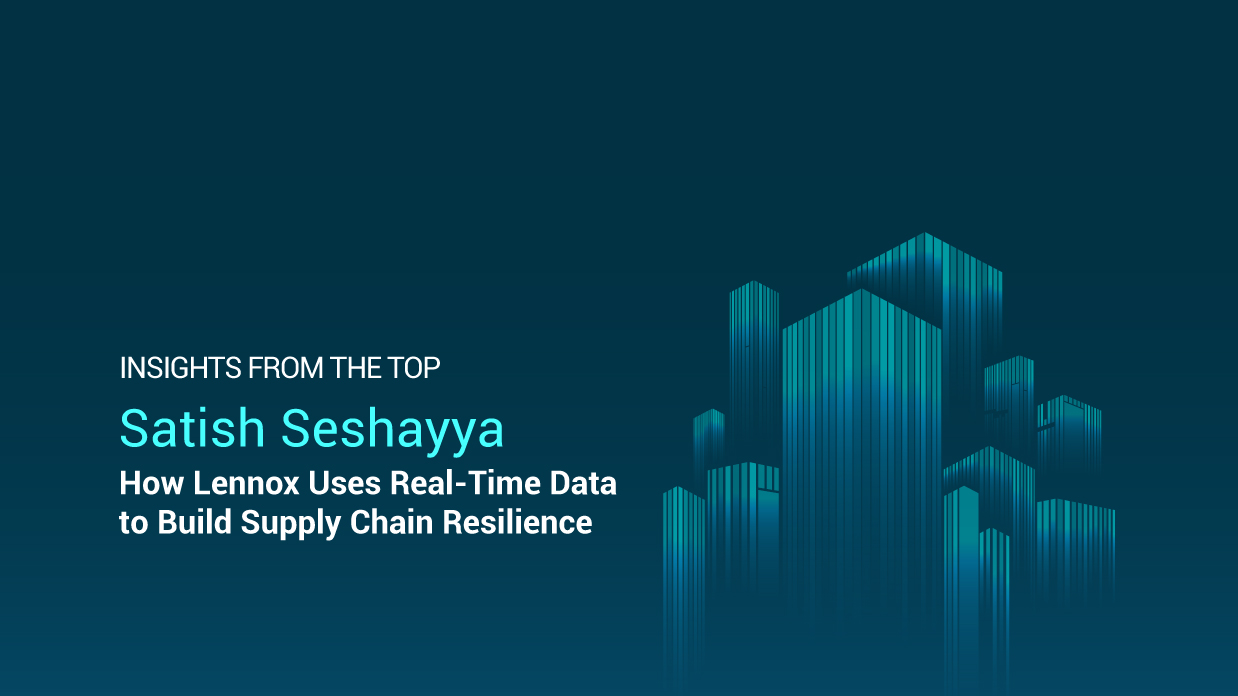-
GEP Software
-
- Procurement Software
- Direct Procurement Software
- Indirect Procurement Software
- Unified Source-to-Pay
- Source-To-Contract Software
- Procure-to-Pay
- Midsize & High Growth Enterprises
- Key Capabilities
- Spend Analysis
- Sourcing
- Contract Lifecycle Management
- Supplier Lifecycle Management
- Third-Party Risk Management
- Purchasing
- Payments
- Data Analytics and Reporting
- Do more with GEP SMART
- Intake Management & Orchestration
- Intelligent Category Management
- Tail Spend Management
- Cost Data & Analytics (GEP COSTDRIVERS)
- AI-First Supply Chain Management
- Supply Chain Visibility and Execution
- Logistics Visibility
- Inventory and Warehouse Management
- GEP Multienterprise Collaboration Network
- Supply Chain Control Tower
- Field Services
- Supply Chain Collaboration & Planning
- Supply Chain Planning
- Purchase Order Collaboration
- Forecast Collaboration
- Capacity Collaboration
- Quality Management Software
- Should-Cost Modeling
- Direct Material Sourcing
-
-
GEP Strategy
-
GEP Strategy
Unrivaled supply chain and procurement expertise + the transformative power of AI
Supply Chain Consulting
- Environmental, Social and Governance
- Sustainability Consulting Services
- Socially Responsible Sourcing
- Scope 3
- Demand and Supply Chain Planning
- Collaborative Planning
- Source To Contract
- Procure To Pay
- Inventory Strategy & Management
- Operations & Manufacturing Excellence
- GEP Total Inventory Management Solution
- Network Strategy & Optimization
- Warehousing & Transportation Management
-
-
GEP Managed Services
-
GEP Managed Services
World-class skills, experience and know-how — amplified by the power of AI
-

Satish shares how Lennox uses real-time data to build supply chain resilience.

Satish Seshayya
Director of IT,
Lennox International
GEP recently sat down with Satish Seshayya, who runs IT for Lennox International, a leading global provider of climate control products, to talk about how IT drives innovation in the organization’s just-in-time, globally integrated supply chain throughout Asia, Europe and the Americas.
As head of Lennox’s IT business applications, Satish oversees manufacturing, supply chain, logistics, retail, engineering and human resource information systems.
How did IT enable Lennox to respond to manufacturing and logistics disruptions in 2020?
Our early warning COVID-19 system has proved so effective that we are expanding the solution to incorporate a wide range of external data feeds to systematically evaluate all potential risks to our global supply chain...
When COVID-19 lockdowns first began impacting manufacturing hubs in China and Southeast Asia, we manually mapped our entire just-in-time supply chain network using unstructured data to identify potential disruptions that could impact manufacturing, transportation, fulfillment and customer service. Within three weeks, we went live with an automated, AI-driven visual dashboard that overlaid the number of COVID-19 cases, deaths and hospitals by country, state and city with our internal data about customer demand, orders, inventory and logistics to predict disruptions in real time. Our early warning COVID-19 system has proved so effective that we are expanding the solution to incorporate a wide range of external data feeds to systematically evaluate all potential risks to our global supply chain, going forward.
What was the biggest challenge with creating this global early warning dashboard?
The biggest challenge was getting the data. Initially, we only had two weeks of data showing how lockdowns impacted our supply chain. External data was readily available, but getting internal data was challenging, especially from suppliers about the source of materials. We got creative in making some assumptions with our supplier data, which helped solve the issue. It took three weeks to develop and operationalize the model. This solution provides us insights to avoid supply disruptions.
How does IT support Lennox International’s supply chain?
We do two things: First, we keep our current supply chain systems humming to support our complex global supply chain, which encompasses multiple manufacturing facilities, hundreds of distribution centers, as well as brick-and-mortar retail stores across Asia, Europe and North America.
Second, we function as strategic advisors. We evaluate ideas that operations brings to us and proactively recommend new technology solutions. We’re constantly looking for and passionate about applying the latest and best solutions to improve our supply chain and deliver competitive advantage to the business.
What is your advice for CIOs?
Build your systems to be agile ... What we need today is the ability to change and flex all the processes dynamically so we can adapt quickly to the marketplace and to new challenges.
Build your systems to be agile. The supply chain is a giant, complex global process that encompasses a huge number of subprocesses at every step, from taking and fulfilling orders through manufacturing, storing, logistics, sourcing and suppliers. What we need today is the ability to change and flex all the processes dynamically so we can adapt quickly to the marketplace and to new challenges. The pandemic came out of nowhere and impacted every industry and facet of every business — from securing parts to transportation and customer demand. Today, we need an agile organization, supported by systems, to be able to deliver the right number of products, parts and inventory at the required time. If you don’t have flexible systems and processes, you’re fighting an uphill battle and putting your company at a competitive disadvantage. Technology, done right, enables agility.
The truth is, today’s ERP systems are not flexible. They really can’t flex to meet changing business requirements. Supply chain systems that enable agility are the future. I recently participated in a VC’s evaluation of supply chain technology startups seeking capital investments, and to varying degrees, they are all focused on applying ML/AI/deep learning to create an intelligent, flexible system that can adapt to and predict business needs that change daily.
What new technologies are you looking at now to improve your supply chain?
There is a very long lead time for parts since they are typically manufactured in Asia. So, instead, we are using 3D printers to manufacture components, minimize our dependency on suppliers and slash lead times. We’re using the latest visualization software to help determine what might work best in a factory setup. And we’re piloting training programs using virtual reality for new hires as operators before they join the production line in our factories.
What’s really powerful is how we’re using AI/ML in our demand planning, which drives the entire supply chain. Demand forecasting is done strategically, for the long term, and in shorter seven-day periods. The forecast is then converted into a demand plan, production orders for the factories, purchase orders for suppliers, and so forth. We’re providing intelligent demand sensing by combining independent data with our internal data from customers, sales and retail network. We look at how the housing market is performing each day, what the weather is like, new house constructions, and how old the existing HVAC equipment is in each community, all to feed our short-term demand forecast. The value to the business, in accurately forecasting demand to optimize manufacturing and the entire supply chain, is huge.
What do you look for in a technology provider?
We look for vendors with both the latest technology and the capability to customize their solutions to our business. There are very few, if any, out-of-the-box solutions that meet our requirements. We have unique problems, so we look for partners who are able to tailor their solutions to meet our needs.
For instance, we’re piloting commercially available drones to count our inventory. Our products, which are designed to withstand the toughest weather conditions, are physically large and generally stored outside. Traditionally, employees count our inventory manually, which is both time- and labor-intensive. Now, drones scan the barcodes and automatically update the inventory count in our ERP system, without any human being involved in the process. It means that our inventory is counted more often and more efficiently, which is essential to ensuring that our company’s working capital is well managed.
We’re also actively looking for the next big thing to help us improve our supply chain. This is a vital and fascinating time for supply chain technology. Traditionally, supply chain technology operated behind the scenes, but today it really is the lungs and heart of global manufacturers.
Breadcrumb
- HOME
- INSIGHTS FROM THE TOP
- SATISH SHARES HOW LENNOX USES REAL-TIME DATA TO BUILD SUPPLY CHAIN RESILIENCE.









